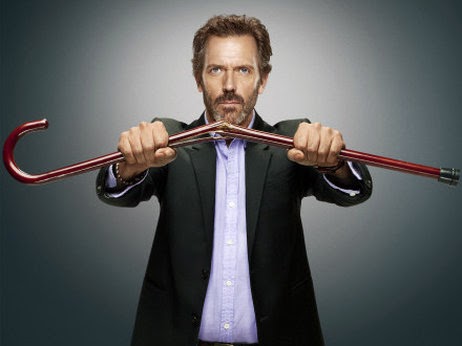I just
wrote a piece about a book titled 100 Not
So Famous Views of L.A. by Barbara A. Thomason, for the Los Angeles Review
of Books. You’ll find a link at the
bottom of this post: it’s an appreciation rather than a full on review. The book contains 100 paintings of some of the
more obscure parts of Los Angeles (though in fact some of them didn’t strike me
as all that obscure) and you look at
the paintings and you realize at once that there’s something off kilter about
them but (in my case anyway) it takes a while to realize what’s making them
seem off kilter. The answer: with a very
few minor exceptions there are no people and no cars in these pictures.
This
is fascinating in several ways. As a Los
Angeles walker I do tend to notice other walkers, and although I’m not going to
pretend that the streets of this city are packed with throngs of enthusiastic wandervogel,
the fact is that I’m seldom the only walker on the street, there are usually a
few (admittedly sometimes very few) others.
And in
my role as hobbyist street photographer, when I take pictures on my walks I
generally try to get at least one person in the frame, to add, you know, compositional
and human elements. But having seen
Barbara A. Thomason’s book, I now look at the streets of L.A. with slightly
different eyes, waiting for that moment when there’s nobody else on the street,
or at least when I can take a photograph that makes it look that way.
In
fact it’s not all that difficult to take a photograph of an L.A. street without
any people, but it’s much harder (damn hard, usually) to take a photograph of an
L.A. street without any cars. And even
when I do take such a picture, I know, and anyone who looks at the picture
knows, that there are always cars lurking around corners or just out of sight.
And I found myself thinking about the Japanese photographer Mataska Nakano
who published a book titled Tokyo Nobody which
shows a totally empty Tokyo, without people or cars, though there are a few
bikes around. The book was published in
2000, and the project took over ten years.
I’ve never been to Tokyo, though I plan to go there one of these days,
but even just from seeing pictures you know how crammed with people it always is,
making Nakano’s work all the more extraordinary. I’d guess that the photographs were taken
very early in the morning on Sundays or public holidays but that doesn’t make
them any less extraordinary, and it seems that Nakano wants to keep the mystery
of how they were taken. It’s generally
stated by people who know about these things that he didn’t use any
manipulation, he just watched and waited with the utmost patience.
Los Angeles photographer Matt Logue was evidently a bit less
patient. His project and book is titled Empty LA – and I gather that his images
are indeed manipulated, at least to the extent that he used super long exposure
times so that a person or a car could pass through the scene and not leave a trace.
I can see how some people might think this is a kind of cheating, but
in the end it’s the image that matters more than the process. Photographs of completely empty freeways do
make the head spin. You could go to his
website and buy his book if you liked (see below).
When I lived in a London I had a friend come to stay with me after he’d
just returned from Thailand, and as we walked along what seemed to me averagely
busy metropolitan streets he commented on how empty London seemed to him. Compared with Thailand the streets were
deserted.
 |
| Cato Street, by rovingmike |
And now, as the Royal Photographic Society’s Bleeding London gets ever nearer completion (a photograph of every
one of London’s streets, inspired by my novel Bleeding London), with tens of thousands of the images to be seen
online, it’s amazing how many of the participating photographers have chosen to
represent the city devoid of people.
 |
| Portmeadow Walk, by cmansfield |
And maybe this is how we really feel about cities. We like the life, the action, the population,
but when it comes right down to it we’d rather have the city all to
ourselves. Sure. there’s something scary
and apocalyptic about being the last soul on earth, but it’s also exhilarating.
The
city finally belongs to you and you alone, a single presence, a single viewer,
a chance to walk all by yourself. It
might get lonely, but on balance you could probably live with that. And, of course, as here in L.A., in this
picture I took just a few days ago, you might have some animals for company.
My piece on Elizabeth Thomason’s book in the LARB is here:
Matt Logue’s Empty LA website is here:
You can see some of The Bleeding London images here in this Flickr group:

























